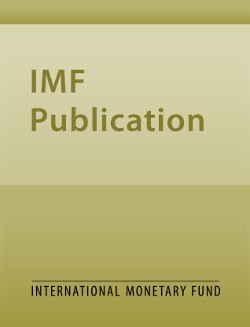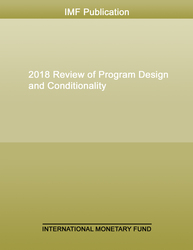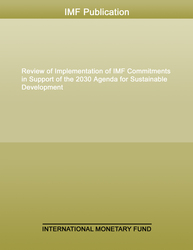
Macroeconomic Developments and Prospects in Low-Income Developing Countries - 2016
This paper is the third in a series assessing macroeconomic developments and prospects in low-income developing countries (LIDCs). The first of these papers (IMF, 2014a) examined trends during 2000–2014, a period of sustained strong growth across most LIDCs. The second paper (IMF, 2015a) focused on the impact of the drop in global commodity prices since mid-2014 on LIDCs—a story with losers (countries dependent on commodity exports, notably fuel) and winners (countries with a more diverse export base, where growth remained robust).
The overarching theme in this paper’s assessment of the macroeconomic conjuncture among LIDCs is that of incomplete adjustment to the new world of “lower for long” commodity prices, with many commodity exporters still far from a sustainable macroeconomic trajectory (Chapter 1). The analysis of risks and vulnerabilities focuses on financial sector stresses and medium-term fiscal risks, pointing to the actions, including capacity building, needed to manage and contain these challenges over time (Chapter 2). With 2016 the first year of the march towards the 2030 development goals, the paper also looks at how infrastructure investment can be accelerated in LIDCs, given that weaknesses in public infrastructure (such as energy, transportation systems) in LIDCs are widely seen as a key constraint on medium-term growth potential (Chapter 3).
With the sharp adjustment in commodity prices now into its third year, some of the key messages of the paper are familiar: a) many commodity exporters, notably fuel producers, remain under significant economic stress, with sluggish growth, large fiscal imbalances, and weakened foreign reserve positions; b) countries with a more diversified export base are generally doing well, although several have been hit by declines in remittances, conflict/natural disasters, and the contractionary impact of macroeconomic stabilization programs; c) widening fiscal imbalances, in both commodity and diversified exporters, have resulted in rising debt levels, with severe financing stress emerging in some cases; and d) financial sector stresses have emerged in many LIDCs, with expectations that these strains will increase in many commodity exporters over the next 12–18 months. Key messages on financial sector oversight, on medium-term fiscal risks, and on tackling infrastructure gaps are flagged below.
Read Executive Summary in: Arabic; Chinese; French; Spanish
Publication date: November 2016
ISBN: 9781498345019
$0.00
Add to Cart by clicking price of the language and format you'd like to purchase
Available Languages and Formats
| English |
Prices in red indicate formats that are not yet available but are forthcoming.
Topics covered in this book
This title contains information about the following subjects.
Click on a subject if you would like to see other titles with the same subjects.
public investment , commodity price , PPPs , economic outlook , percent of GDP
Summary
Copyright © 2010 - 2025
Powered by:
AIDC



